
Hi everyone, today I will tell how I restored a defunct LVM thinpool. Unfortunately I could not find any howtos or manuals on the internet, so maybe this one will help someone in a similar situation.

Hi everyone, today I will tell how I restored a defunct LVM thinpool. Unfortunately I could not find any howtos or manuals on the internet, so maybe this one will help someone in a similar situation.
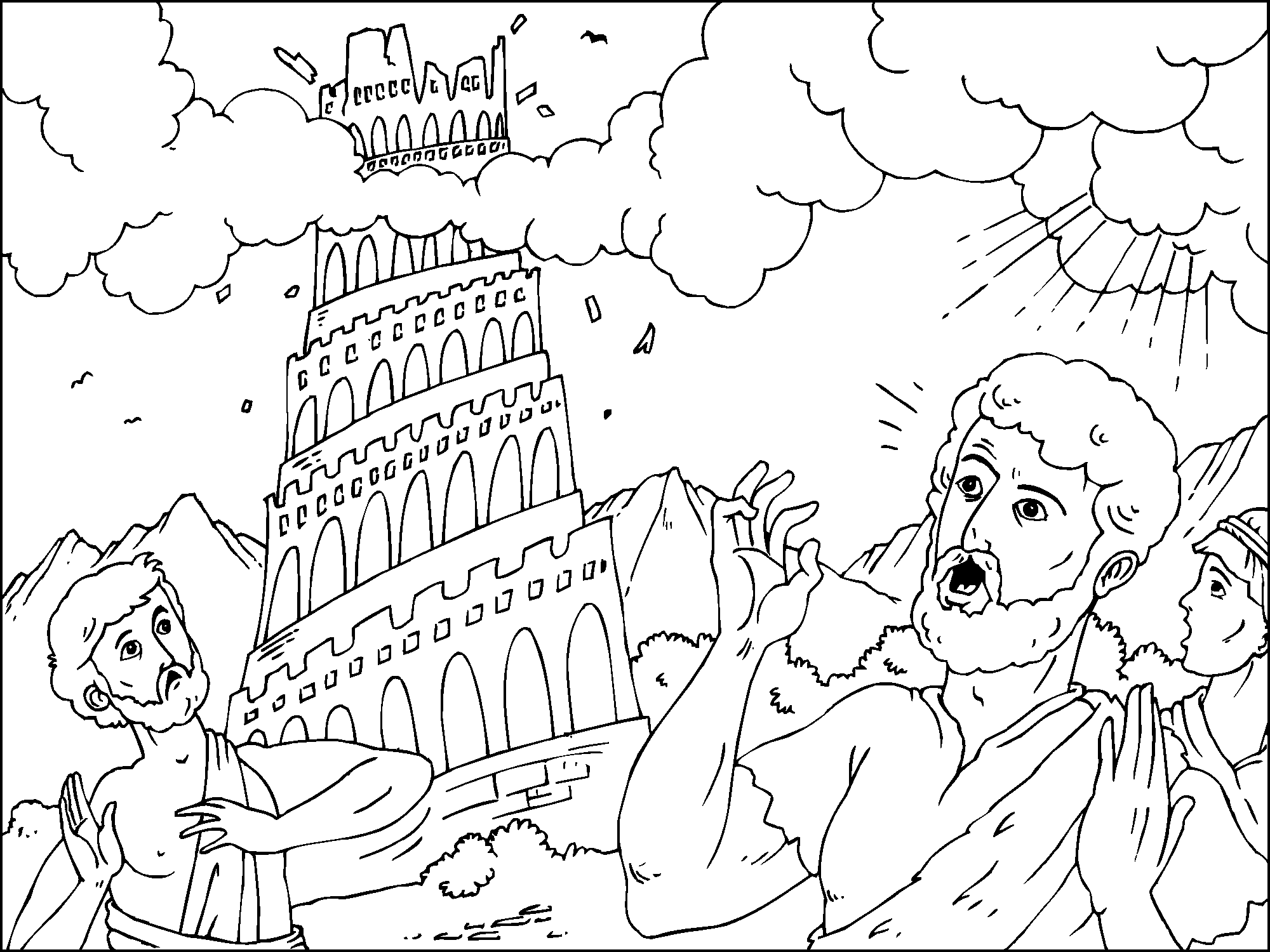
In [1,2,3] texts (sign sequences with repetitions) were transformed (coordinated) into algebraic systems using matrix units as word images. Coordinatization is a necessary condition of algebraization of any subject area. Function (arrow) (7) in [1]) is a matrix coordinatization of text. One can perform algebraic operations with words and fragments of matrix texts as with integers, but taking into account the noncommutativity of multiplication of words as matrices. Structurization of texts is reduced to the calculation of ideals and categories of texts in matrix form.
We dust off the irregular series of articles about the Chromium project check. Let's look at the code quality in the latest Chromium release and check the new features of the PVS-Studio analyzer.

This article investigates why the standard library needs a way to deduce a common type, how it is implemented and how it works.

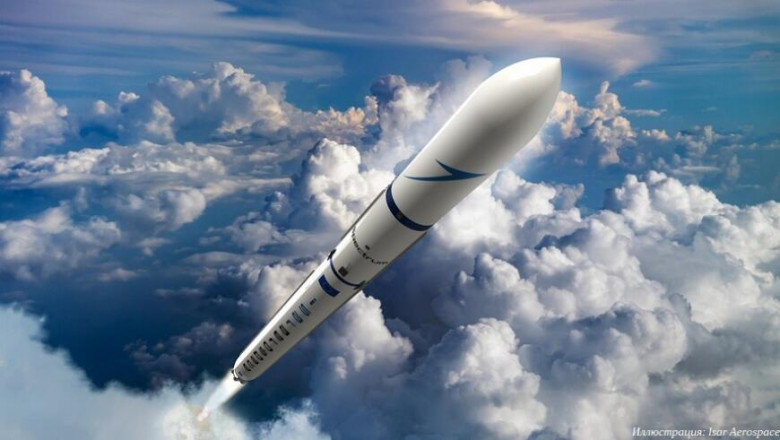
Porsche invested money in a German startup called Isar Aerospace that is working on a lightweight launch vehicle with 3D printed parts, including key components of power plants. The initial launch is planned for 2022.

In the past, FDM 3D printing solutions have been primarily used for surgical planning. The added benefit is one can perform surgical planning digitally in preparation for surgical procedures, create mock up operations physically with the usage of trustworthy full-scale printed parts and test implants prior to inserting them into the body.

In different programming languages, the behavior of virtual functions differs when it comes to constructors and destructors. Incorrect use of virtual functions is a classic mistake. Developers often use virtual functions incorrectly. In this article, we discuss this classic mistake.
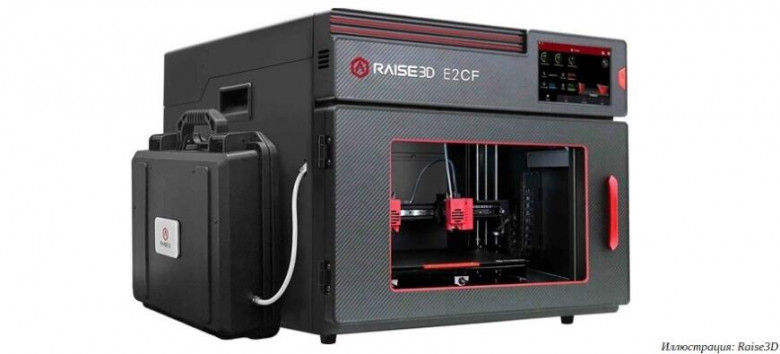
Raise3D is preparing to receive pre-orders for E2CF — a version of its desktop additive system E2 that is able to print using carbon-fiber-reinforced polymers. The device is optimized for working with carbon-filled filaments.
Previously, Raise3D was primarily known for its large-format series such as the Raise3D Pro2 Plus (build volume: 305 x 305 x 605 mm), but the manufacturer is certainly planning to expand in the industrial segment with their focus on engineering-grade materials.
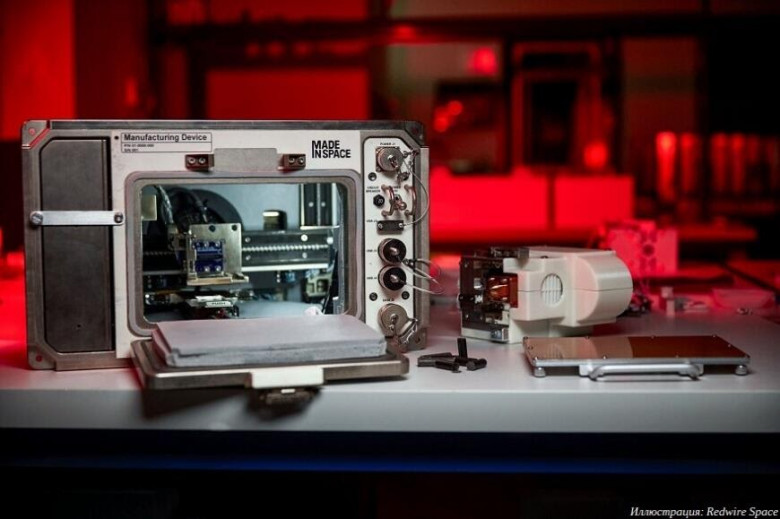
Cygnus NG-16 was recently launched into space. It’s an iSS resupply spacecraft that brings materials and equipment needed for 3D printing with lunar regolith simulant to International Space Station.
Structured logging is gaining more and more popularity in the developers' community. In this article I'd like to demonstrate how we can use structured logging with the Microsoft.Extensions.Logging package and show the idea how we can extend it using the new features of C# 10.

Today, we discuss C# code quality and a variety of errors by the example of CMS DotNetNuke. We're going to dig into its source code. You're going to need a cup of coffee...
It's cool when enthusiastic developers create a working clone of a famous game. It's even cooler when people are ready to continue the development of such projects! In this article, we check TheXTech with PVS-Studio. TheXTech is an open implementation of the game from the Super Mario universe.

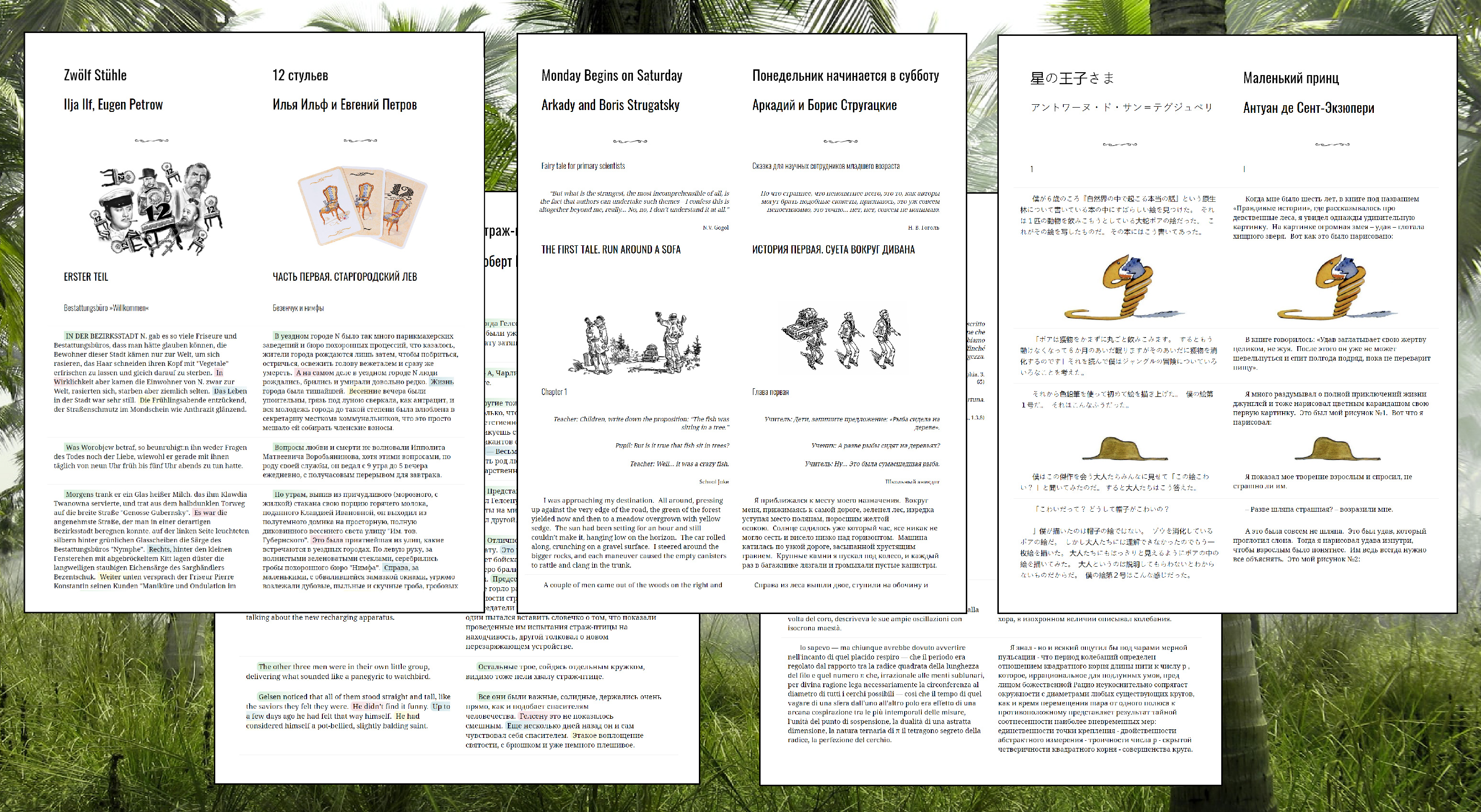
How to make a parallel book for language learning. Part 1. Python and Colab version
This is a second article on making parallel books. Today we will use the more advanced tool which will bring rich UI functionality. Lingtrain Alignment Studio is a web application written on Vue and Python. The main purpose of it is to extract the parallel corpora from two raw texts and make a bilingual (or even multilingual) parallel book. This is an open-source project and I will be glad to hear all of your bright ideas. Links to the sources and our community contacts can be found below. Los geht's!
The app is packed into the docker container. It's a simple technology to deploy your stuff anywhere from the server to your local machine. It's available across all the operating systems. So at first, you need a docker installed locally. Then you need to run two simple commands. The first will download the container:
docker pull lingtrain/aligner:v4And the second one will run the application:
docker run -v C:\app\data:/app/data -v C:\app\img:/app/static/img -p 80:80 lingtrain/aligner:v4C:\app\data and C:\app\img — your local folders.
The app will be available on the 80th port. Let's open the localhost page in your favorite browser.

We will make three simple steps: Load, Align, Create
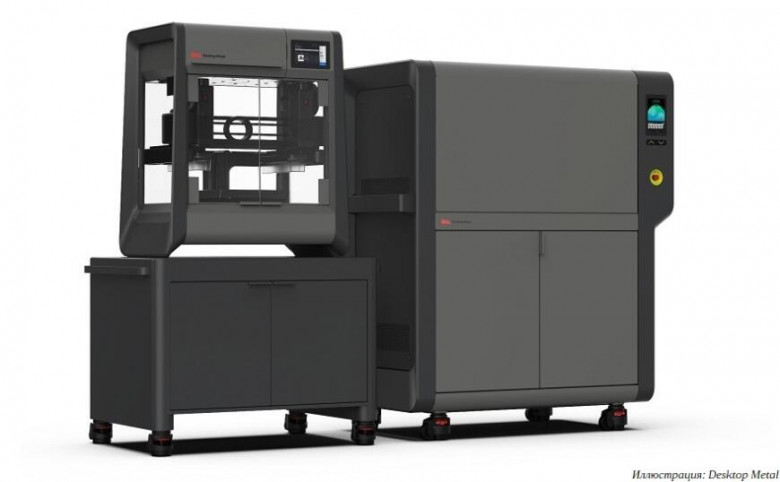
The list of materials for additive manufacturing devices Studio System 2 by Desktop Metal now includes a filament filled with titanium alloy Ti-6Al-4V (Ti64), a new step in the field of metal 3D printing.

Ford equipped its new Maverick pickup truck with convenient slots to customize the cars with DIY 3D printed accessories.
One of the mechanisms of static analysis is method annotations of popular libraries. Annotations provide more information about functions during errors detecting. CARLA is an impressive open-source project in C++ that helped us implement this mechanism to our analyzer. Subsequently, the simulator became a test-target for the improved PVS-Studio static analyzer.


The Czinger C21 hypercar set a lap record at the Laguna Seca Raceway track. The previous holder was McLaren Senna and Czinger C21 beat its time by 2 seconds. The C21 costs more than $1.5 million and its body includes reinforced polymers and 3D printed titanium parts.
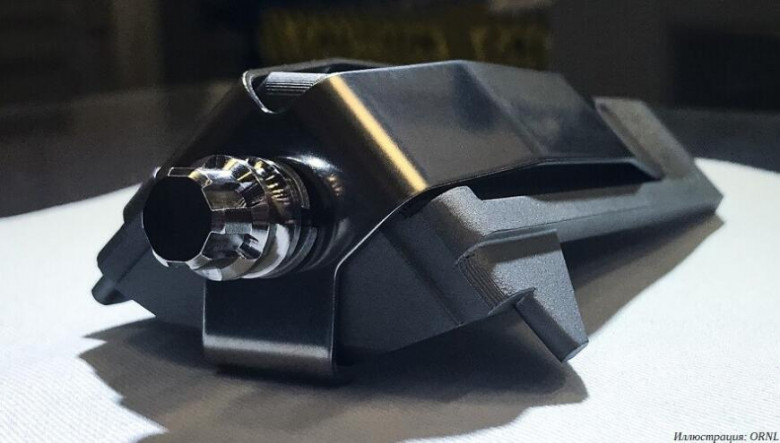
Browns Ferry Nuclear Plant Unit 2 in Alabama deploys a fuel assembly with 3D printed fastening elements that were made by the experts of Oak Ridge National Laboratory (ORNL).
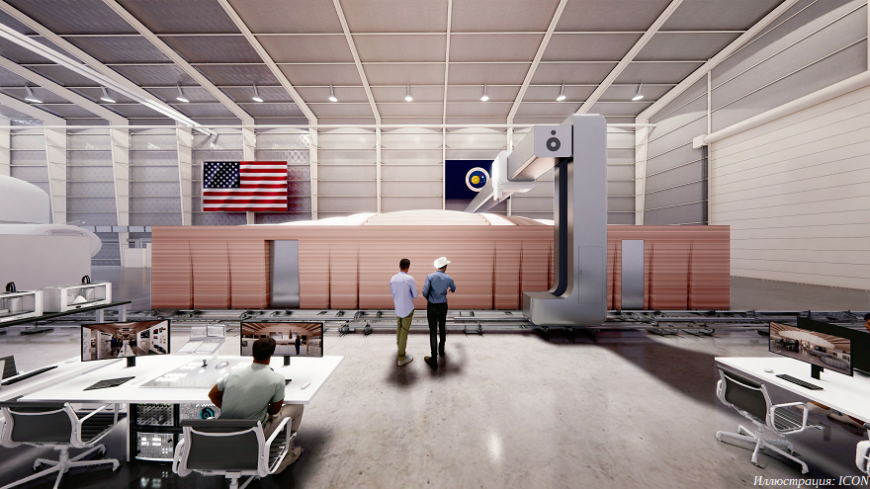
Texas-based company ICON is making an experimental “Martian” building using a proprietary constructional 3D printer. The Mars Dune Alpha project implies refining usage of 3D printing technologies for future Martian buildings with the help of available materials. The project also covers researching the habitability of such buildings.

The .NET Foundation is an independent organization, created by Microsoft, to support open-source projects around the DotNet platform. Currently, the organization gathered many libraries under its wing. We have already tested some of these libraries with the help of PVS-Studio. The next project to check with the analyzer - LINQ to DB.